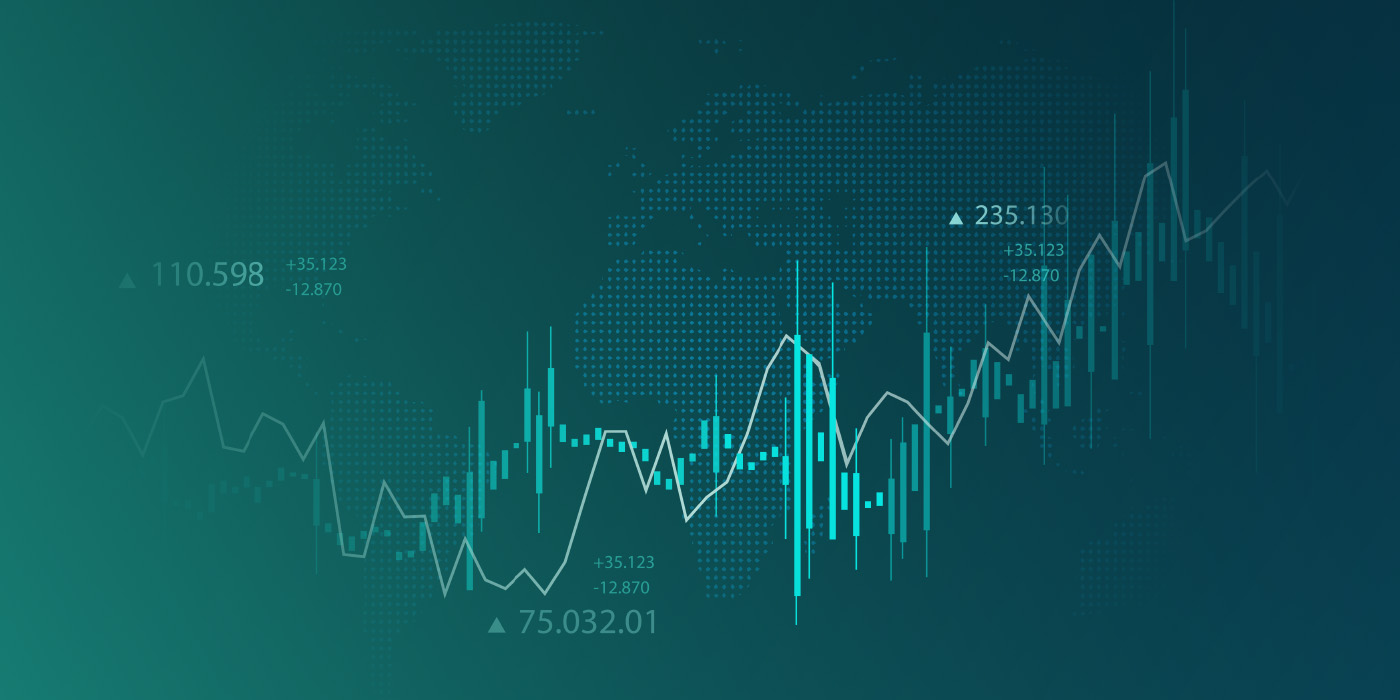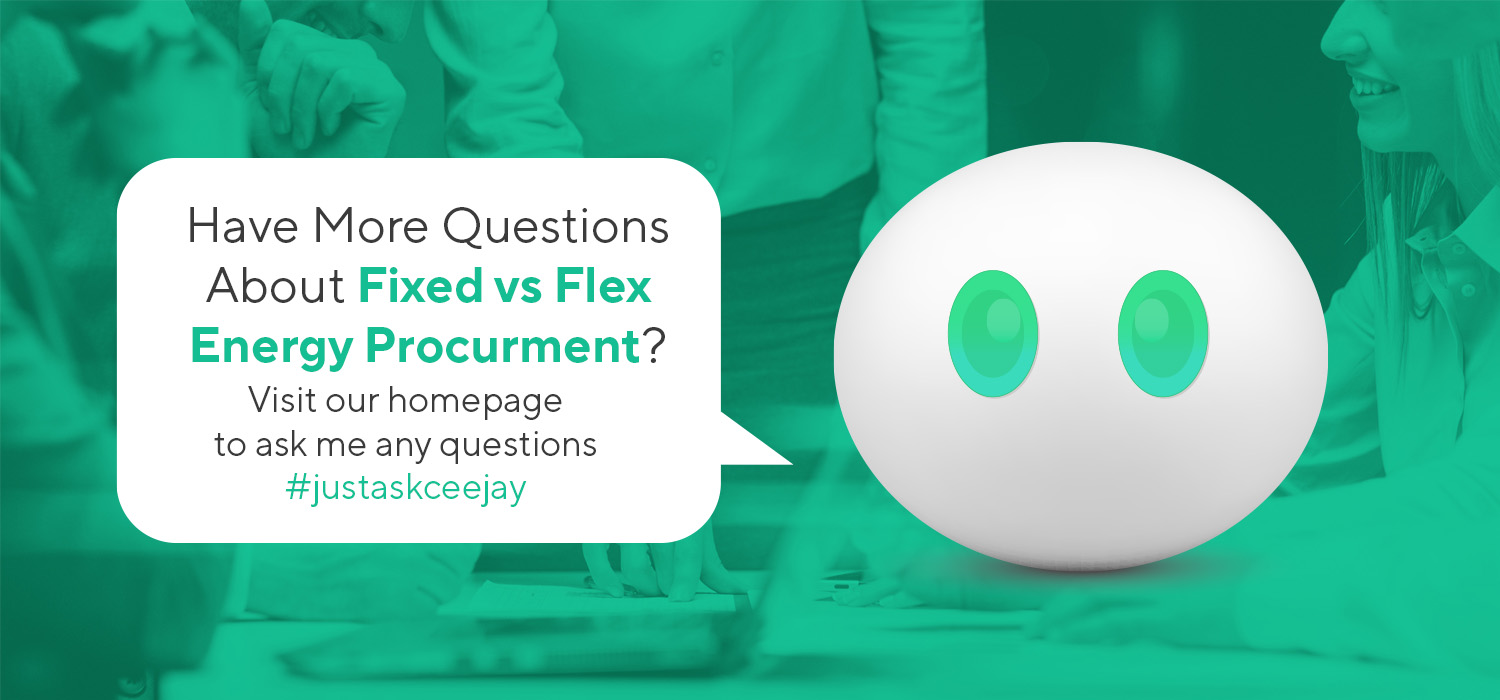In 2025, energy markets remain unpredictable. Although we’ve moved on from the extreme volatility of 2022–23, sharp pricing shifts still occur due to global instability, climate-related demand, infrastructure changes, and geopolitical risk. This uncertainty is compounded by the growing urgency around net zero, which continues to influence policy, procurement decisions, and investor expectations.
For commercial energy users; whether you’re running a single office, managing a regional or national property portfolio, or buying on behalf of an NHS trust, choosing between a fixed or flexible (flex) energy procurement strategy is one of the most important decisions you’ll make.
The stakes are high. Choose the wrong model, and you may lock in rates at the peak or expose your business to avoidable price swings. Get it right, and you’ll protect your budget, improve transparency, and strengthen resilience.

Understanding market volatility and global influences is key to building a resilient energy procurement strategy 2025.
What’s Driving Strategy Changes in 2025?
Before diving into strategy options, it’s important to understand what’s shaping procurement decisions this year:
In this environment, choosing the right strategy isn’t about guesswork — it’s about aligning your energy buying model with your usage profile, your risk tolerance, your operational and financial needs.

Finding balance and stability with a fixed energy procurement strategy 2025 — providing clarity and budget certainty in a shifting market.
Fixed Procurement: Simplicity and Budget Stability
How It Works
A fixed contract locks in the energy unit rate (and sometimes other cost components) for a set period, typically 1 to 3 years, providing cost certainty and administrative ease.
Best for: Low Energy Users
Smaller businesses often benefit from fixed contracts because:
Important 2025 update:
Legislative changes have shifted some charges from consumption-based to fixed elements. This reduces the ability to mitigate costs through time-of-use efficiency, making procurement timing even more critical.
Pros of Fixed Procurement
Cons
For many SMEs and property managers, a fixed contract still offers the best balance of simplicity and certainty; but only if secured at the right time.

Managing risks while aiming for long-term goals with a flexible energy procurement strategy 2025.
Flex Procurement: Control, Opportunity, and Risk Management
How It Works
Flex contracts allow you to purchase energy in tranches over time. This gives more control over when and how you buy, enabling you to react to market conditions and spread risk.
Best for: High Energy Users
Large energy consumers can unlock significant value through flex procurement; especially if they have experienced advisors or in-house resource to manage it.
Examples include:
Pros of Flex Procurement
Cons
Flex procurement is more resource-intensive, but it also gives large users the tools to manage volatilityl; and benefit from it.
Comparing Risk and Control: Fixed vs Flex in 2025
| Factor | Fixed | Flex |
| Budget Certainty | High | Medium to Low |
| Market Responsiveness | None | High |
| Admin Complexity | Low | High |
| Price Risk | Avoids spikes | Exposed without strategy |
| Opportunity to Save | Limited | Yes |
| Resource Requirement | Minimal | Significant (or advisor) |
Lower Energy Users: Keep It Simple, But Don’t Be Passive
If your business uses less than 1 GWh per year, fixed contracts usually make the most sense. They’re easier to manage, offer predictable costs, and suppliers often provide competitive bundled pricing.
However, timing still matters. If you fix during a market high, you’re locked in at that rate. This is why even low energy users benefit from working with procurement experts; to track the market and fix at the right time, not just close to expiry.
A trusted advisor like Inteb can provide forward market analysis, monitor contract timing windows, and ensure that what looks like a good deal today won’t feel expensive tomorrow.
High Energy Users: Think Flexibly, Act Strategically
If you’re using over 5 GWh/year, a flexible procurement strategy will likely offer better outcomes over time; especially when paired with:
Inteb supports many high-usage clients with hybrid strategies, where part of the volume is fixed and the remainder is managed flexibly; combining stability with opportunity.
Flex also allows for innovations like time-matched REGO purchasing, helping clients drill down into carbon matching at the half-hour level; an increasingly important metric for net zero reporting.

Not sure whether fixed or flexible works best? CeeJay is here to help guide your energy procurement strategy 2025 with insights tailored to your needs.
Final Thoughts: Know Your Usage, Know Your Risk Appetite
Energy procurement isn’t one-size-fits-all. It’s about matching your strategy to your profile:
In 2025’s turbulent energy landscape, your procurement strategy should be aligned not only with your usage, but also with your:
A well-informed choice now can protect your bottom line, unlock long-term value, and demonstrate climate leadership.
Need help choosing the right path?
Explore our Procurement Services
See how Flex vs Fixed Strategy Service